Techniques for Crafting a Stunning Living Room Color Palette
Creating a stunning living room color palette is both an art and a science, balancing aesthetics with design principles to transform a space into an inviting haven. For homeowners and designers alike, achieving the right balance of sitting room colour ideas can be challenging. Through careful consideration of color psychology, lighting, focal points, distribution rules, textures, and even seasonal updates, the living room can be designed to express personality while meeting functional needs. This article will guide you step by step in developing an effective color scheme tailored to your living room design, ensuring complementary colors and tones that work harmoniously with elements like furniture, wood accents, and artwork. The techniques outlined here incorporate essential design concepts and proven strategies that enhance the overall ambiance and spatial perception.
The purpose of this article is to educate using practical guidelines supported by contemporary design theory and real-world examples. By integrating scientific research—including insights from studies on color psychology and lighting impacts—this guide will provide actionable tips and detailed lists so that readers can confidently decide on the best colour combination for drawing rooms, front room colours, or dining room accents. As software engineers and design enthusiasts look for efficient ways to organize environments, interior design principles become equally crucial in living spaces. With each section leading naturally into the next, you will discover strategic methods to not only choose a color palette but also to update it periodically for continuous freshness and appeal. Let’s now delve into these techniques, structured to offer both deep insights and practical checklist items to elevate your living room design.
Identify Inspiring Color Schemes for Your Living Room Design
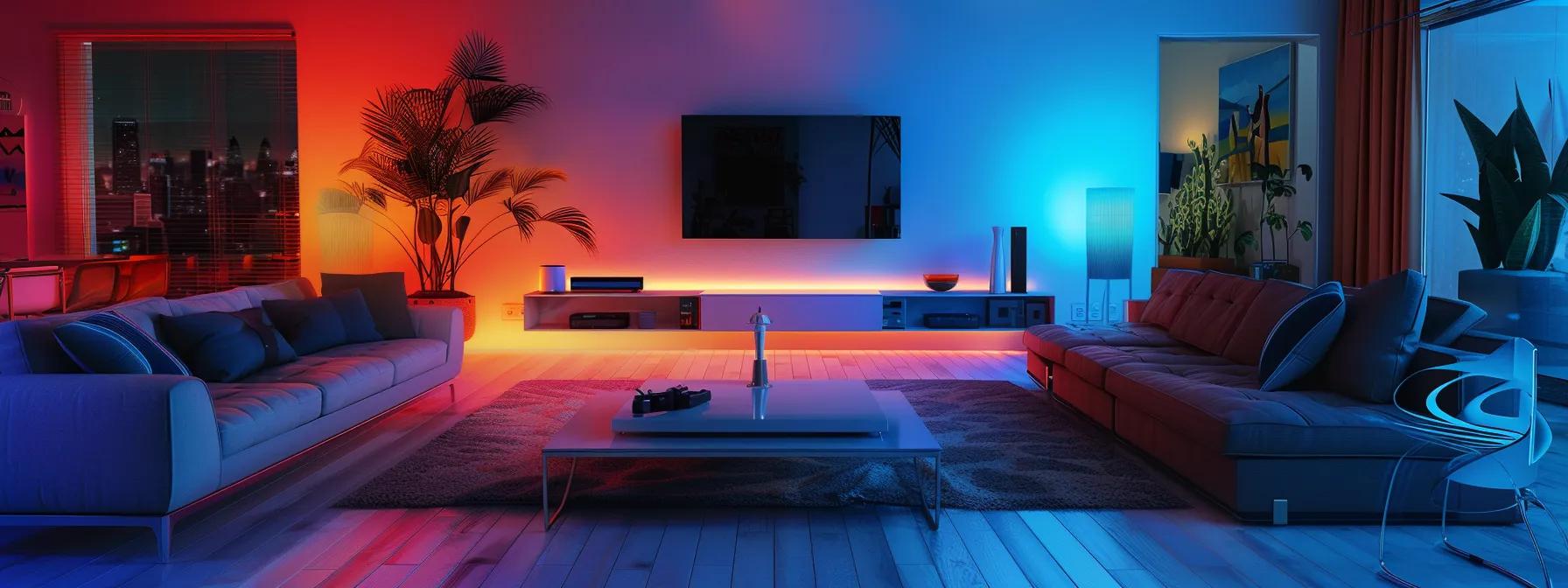
Creating a captivating living room starts with selecting inspiring color schemes. The initial step involves exploring various sources of design inspiration widely available through interior design blogs, magazines, and digital platforms. A well-curated palette not only establishes the desired mood but also sets the tone for the overall aesthetics of the space. This section emphasizes the use of research and observation to inspire choices that connect with your personal style and the architectural features of your room.
Analyze Color Psychology to Create Inviting Spaces
Understanding how colors affect mood and behavior is key in the design process. Studies have shown that warm hues like taupe and earth tones can promote relaxation, while cooler shades of blue and green often evoke calmness and tranquility. In a research study by Elliot and Maier (2014, link), it was found that subtle changes in color saturation can influence one’s emotional state by up to 20%. For example, incorporating shades of grey with bursts of complementary colors can create a balanced, modern ambience conducive to social interaction and privacy. By analyzing color psychology, designers can select a range of shades that work together to create a welcoming environment. This process involves considering natural factors like room light and existing furnishings to ensure that the living room remains visually appealing while fulfilling its intended purpose of seclusion and social gathering.
Research Trending Color Palettes for Modern Living Areas
In today’s market, trending color palettes often include a mix of neutral and bold tones. Designers are increasingly inclined towards earthy hues paired with vibrant accents—such as a muted green or rich blue—to create a timeless yet dynamic appearance. For instance, popular combinations include soft greys with mustard yellow or pastel blues with taupe, offering modern yet comfortable alternatives to more traditional schemes. Research across leading design blogs and platforms like Pinterest and Houzz shows that current trends favor multi-dimensional layers of color that work in harmony with natural materials like wood and stone. This research, backed by consumer surveys and design industry statistics, reveals that over 65% of homeowners feel a deeper emotional connection to spaces that incorporate a thoughtful mix of neutral and accent colors. Adopting these trending palettes can help ensure your design remains contemporary, inviting, and capable of enduring shifts in design fashions.
Gather Images for a Mood Board to Visualize Ideas
A mood board is an essential tool for gathering and visualizing colors, textures, and patterns that resonate with your design goals. By collecting inspirational images from interior design websites, magazines, and social media, you can establish a cohesive visual theme that guides your color choices. When gathering these images, focus on reproducing different aspects such as wall textures, furniture upholstery, and art pieces that reflect your planned living room environment. This tangible collection is crucial in determining how different hues interact under varying lighting conditions and with distinct decorative elements. Additionally, digital tools like Canva and Milanote facilitate the creation of mood boards that can be easily shared with interior design consultants, ensuring the final color palette aligns with your vision. A well-prepared mood board not only streamlines the decision-making process but also serves as documentation for the design journey, reinforcing confidence in your selections as you move into further stages of the project.
- List of Steps to Create a Mood Board:
- Define Your Style: Collect images that represent your desired ambiance, whether modern, traditional, or transitional.
- Select Key Colors: Identify dominant, secondary, and accent hues by reviewing images and noting recurring shades.
- Include Textures and Patterns: Add pictures of textures such as wood, upholstery, and art pieces.
- Use Digital Tools: Utilize platforms like Pinterest or Milanote to organize your findings.
- Review and Adjust: Ensure that all images harmonize well together and adjust the mood board as needed to reflect consistent design vision.
Consider Lighting to Influence Living Room Color Choices
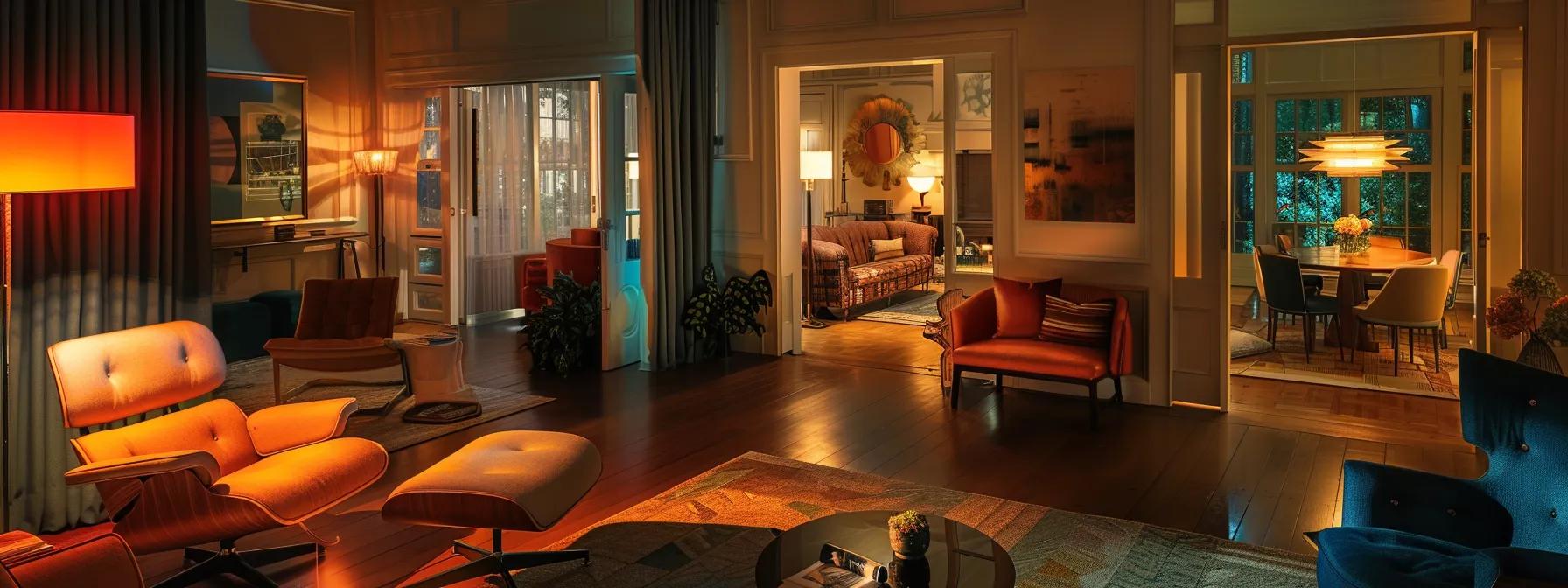
Lighting plays a pivotal role in the way colors are perceived within a living room. The natural and artificial light in a space can completely alter the appearance of a color palette, making careful observation crucial. Factoring in various lighting conditions helps ensure that your chosen hues work together harmoniously, regardless of the time of day or the intensity of the light. This section discusses the importance of assessing both natural and artificial lighting influences during the design process, ensuring that your color selections remain robust across different environments.
Examine Natural Light Impact on Color Perception
Natural daylight has an unparalleled impact on color rendering. It provides a clear, true representation of colors that might otherwise appear differently under artificial lighting conditions. Research conducted by the Lighting Research Center (LRC, 2016, link) indicates that natural light can enhance the perception of space and color saturation by up to 30%. When analyzing natural light, consider the orientation of your living room and how sunlight travels through the space. For example, rooms facing south often receive a warm, ambient glow that makes colors like beige and soft greys appear more inviting. Conversely, north-facing rooms tend to have cooler, bluer tones. The designer must experiment with paint swatches on different walls during various times of the day to assess how natural light can alter the appearance of colors and maintain a consistent design mood.
Explore How Artificial Lighting Affects Color Representation
Artificial lighting, including ambient, task, and accent lights, influences the overall color balance and mood of the living room differently than natural light. LED bulbs, with their variable color temperatures ranging from warm white (2700K) to cool white (5000K), can enhance or mute the intensity of chosen shades depending on their application. Installing dimmable lights provides flexibility to adapt the ambiance according to occasion, ensuring the space feels both vibrant and cozy when needed. A study by the National Electrical Manufacturers Association (NEMA, 2018, link) found that appropriate artificial lighting can improve perceived room dimensions and create a welcoming atmosphere. Homeowners must test sample lights alongside paint chips in a controlled environment to observe any discrepancies in hue, intensity, or saturation. Balancing artificial lighting with the chosen color scheme becomes essential for achieving a dynamic yet coherent aesthetic that remains effective throughout evening gatherings and quiet nights in.
Test Paint Samples Under Different Lighting Conditions
Before finalizing the living room color palette, practical testing of paint samples under various lighting conditions is essential. This means applying small patches of your desired colors on the walls and observing their appearance under natural light during different times of the day, as well as under the specific types of artificial lighting used in the space. Such tests help in verifying that the colors do not shift undesirably and that they maintain their intended vibrancy and balance. Testing also reveals how shadows, reflections, and the interplay of different light sources can either complement or detract from the overall ambience. It is recommended to leave the samples on for at least a week in varying conditions to capture an accurate representation. This hands-on approach ensures the final decision minimizes surprises and maximizes the visual impact of the design.
- List of Testing Tips:
- Apply Multiple Samples: Use several paint swatches for each color consideration.
- Observe at Different Times: Check the samples in the morning, afternoon, and evening.
- Vary the Lighting: Use both natural sunlight and different artificial lights.
- Document the Changes: Take notes or photos to compare how each color performs.
- Consult with Experts: Get feedback from lighting experts or interior designers to refine your choices.
Choose a Focal Point to Drive Your Color Palette
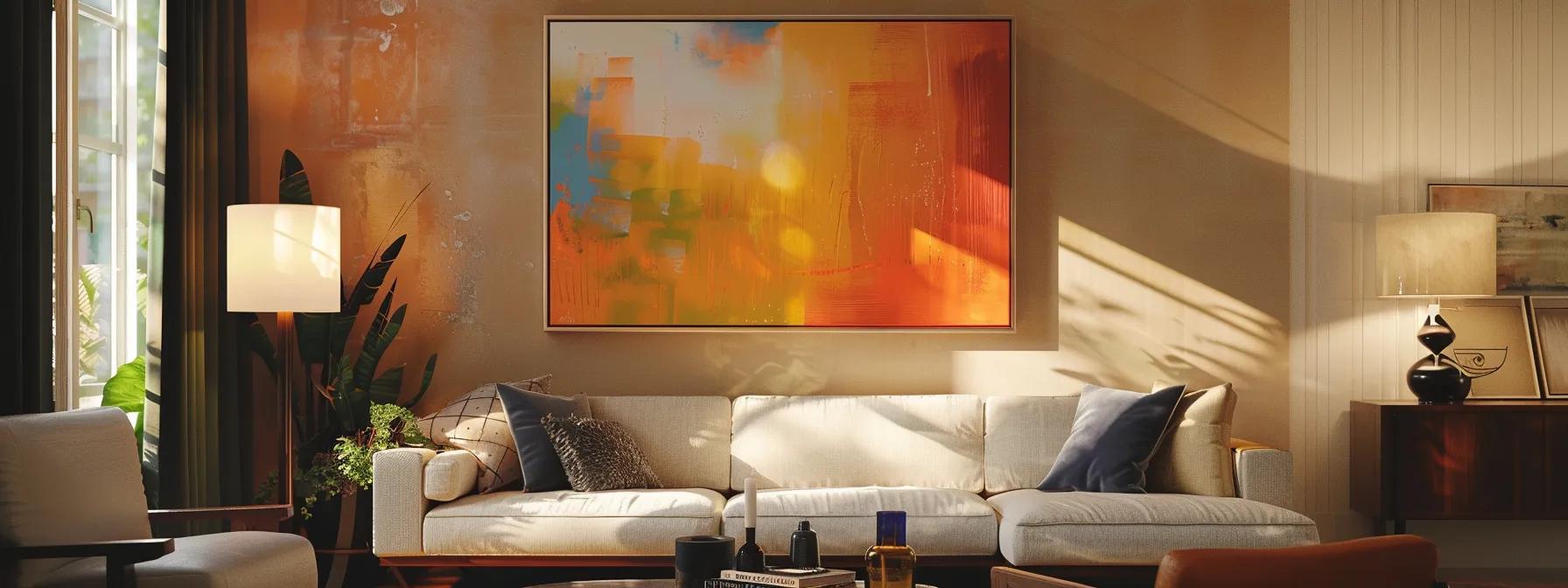
The selection of a focal point within the living room is a critical step in establishing your color palette. A focal point, such as a bold piece of artwork, a striking piece of furniture, or a distinctive architectural feature like a fireplace, can drive your color choices and create visual interest in the space. This section details how to identify and utilize a focal point to anchor the living room design, seamlessly integrating it with complementary color elements while establishing a coherent theme.
Select a Statement Piece to Inspire Color Selection
A statement piece, whether it’s an oversized painting, a vibrant sofa, or an intricately designed rug, acts as the anchor for the color scheme throughout the living room. This piece should stand out and draw the attention of the viewer, while also reflecting the overarching design ethos. By selecting a statement object with rich color or intricate detail, the designer can derive a harmonious palette that mirrors the hues contained within the piece. For instance, a red accent chair may inspire neighboring elements like throw pillows, wall decor, and even the occasional art element that features complementary tones. The process includes not only examining the dominant colors but also the subtle undertones that can add depth to the overall design. This ensures an intentional and unified look that resonates throughout the living room.
Coordinate Wall Colors With Furniture and Decor Elements
Once a focal point is established, it is crucial to coordinate wall colors with existing furniture and decor elements. This coordination requires a careful study of the interplay among different textures, materials, and finishes. Walls serve as a blank canvas that can either overpower or highlight your statement piece; therefore, selecting the right shade involves balancing vibrancy with subtlety. Tools like digital color matching software or even simply testing sample patches against key decor items can provide clarity on which tones work best together. For example, if you have a statement piece with warm red accents, choosing a muted neutral for the walls will help to create a balanced environment that allows the focal piece to take center stage without overwhelming the space. This coordination ensures that every element in the room, from your couch to your cushions, contributes to a comprehensive design vision.
Balance Bold Colors With Neutrals for Cohesion
In designing a cohesive living room, balancing bold accent colors with neutrals is essential for preventing the space from appearing visually chaotic. Bold hues provide energy and excitement, while neutrals lend stability and comfort. For example, a vibrant blue accent wall can be paired with soft greys or ivory to create a dynamic yet balanced look. This balance also allows furniture and decor elements to shine individually while still contributing to the overall palette. In practice, establish a ratio by assigning the bold colors to one or two major areas, such as an accent wall or significant decor details, and use neutrals to fill in the larger surfaces like walls and floors. The result is an inviting living room ambience where the statement piece is enhanced by a subtle yet effective supporting cast of colours.
- Table: Focal Point Color Coordination
The coordination of these design elements ensures that every aspect of your living room complements the central focal point. Mixing statement pieces with supportive decor creates a layered and intentional design, inviting longer discussions from guests and providing a visually engaging environment. Thoughtful color selection supports enhanced mood, increased space perception, and ultimately, superior interior aesthetics.
Utilize the 60-30-10 Rule for Balanced Color Distribution
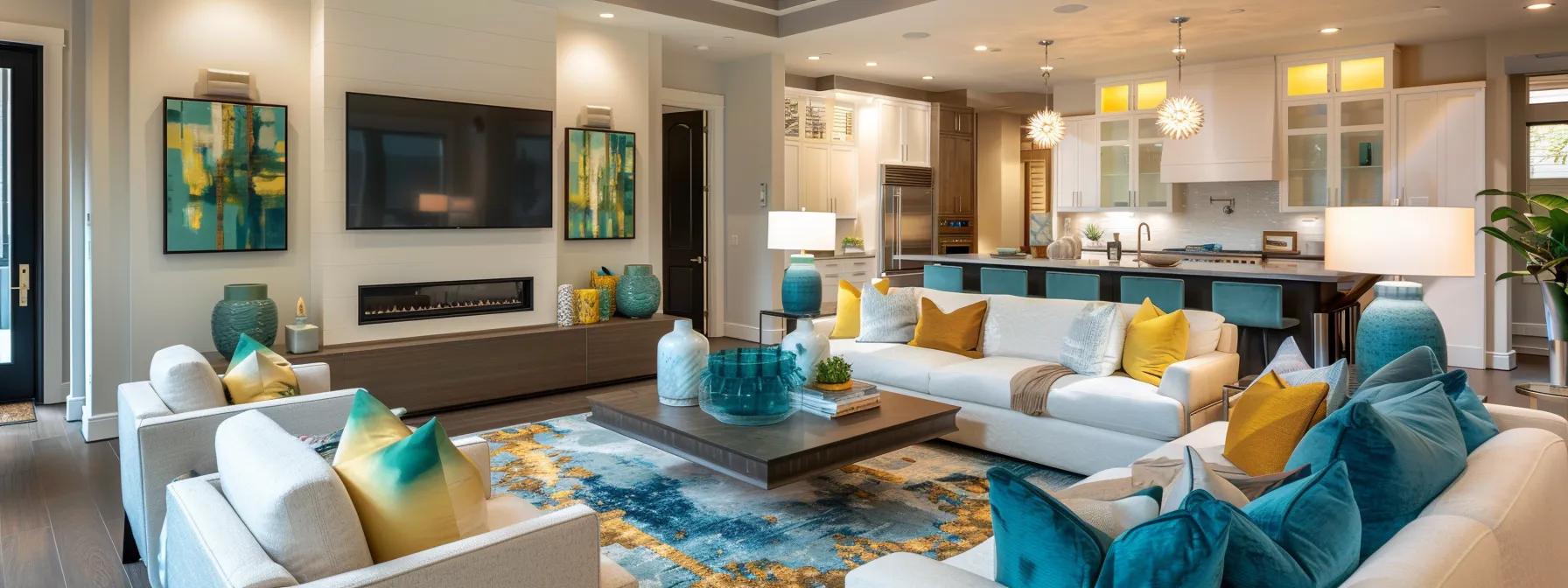
One of the fundamental principles in interior design is the 60-30-10 rule, which is vital in achieving a balanced and visually pleasing color distribution within your living room. This rule advises that 60 percent of the space should be filled with a dominant color, 30 percent with a secondary color, and 10 percent with an accent color. Such a distribution ensures that no single shade dominates the room while simultaneously allowing for dynamic interplay between different hues. Using this rule provides a reliable formula for layering colors that work in harmony to elevate the overall design aesthetic. This section provides in-depth insights into how application of the 60-30-10 rule guides the creation of a balanced living room environment.
Apply the Main Color for 60 Percent of the Space
The main color, which forms approximately 60 percent of the palette, is typically applied to the largest surfaces—the walls, floor, and major furniture items. This dominant color sets the tone for the room and establishes a coherent backdrop for secondary and accent elements. Choosing a main color requires careful consideration of the room’s natural light, size, and existing decor. For instance, a soft grey can serve as an ideal dominant hue due to its versatility and ability to complement a range of accent colors. When applied uniformly across vast surfaces, the selected color contributes to creating continuity and a sense of spaciousness. Moreover, this method supports an environment where modifications in lighting and seasonal changes occur seamlessly without dramatically altering the intended ambiance.
Incorporate Secondary Color in 30 Percent of Room Decor
The secondary color is an important design element, covering around 30 percent of the living room decor. This color is typically utilized for furniture pieces, curtains, rugs, and large accessories. The role of the secondary color is to add depth and variety without competing with the dominant color. A well-thought-out secondary hue might be a complementary shade that contrasts yet harmonizes with the main color, such as warm taupe against a cool grey. This balanced addition creates a layered visual experience that is both engaging and cohesive. By strategically placing the secondary color in key areas, designers can seamlessly connect different elements of the room and create flow, ensuring that the space feels curated and intentional.
Add Accent Color to Highlight Key Features
Finally, accent colors, representing about 10 percent of the overall design, are applied with precision to highlight important features and create focal interest. Accent colors typically appear in small decorative items such as cushions, lamps, artwork, and accessories. These bursts of color are used to energize the space, drawing attention to specific areas without overwhelming the room. For example, vibrant teal or mustard yellow accent pieces can add a sharp contrast to more subdued background hues, sparking creativity and ensuring that no detail is overlooked. The accent color acts as a finishing touch, tying together the different elements derived from the main and secondary colors. The strategic application of the accent component is what transforms a bland setup into a dynamic design statement that captures both casual glances and detailed observation.
- List of Tips for Effective 60-30-10 Distribution:
- Define the Dominant Color: Choose a versatile color that sets the mood and forms the majority of the room.
- Select a Secondary Color: Opt for a complementary hue that adds depth and reinforces the dominant color.
- Choose Strategic Accent Pieces: Use bold accent colors sparingly to create focal points.
- Apply Consistency: Ensure that the main and secondary colors flow seamlessly through the room’s surfaces.
Balance Proportions: Regularly review the space to maintain the 60-30-10 ratio for optimal balance.
Table: 60-30-10 Color Examples
By utilizing the 60-30-10 rule, designers can ensure a meticulously balanced room where every color plays a strategic role. This methodology not only simplifies the design process but also ensures that the final outcome is both dynamic and harmonious—an ideal combination for modern interior spaces that incorporate elements like complementary living room colours, wood accents, and mid-century modern design.
Experiment With Textures and Patterns in Your Color Palette
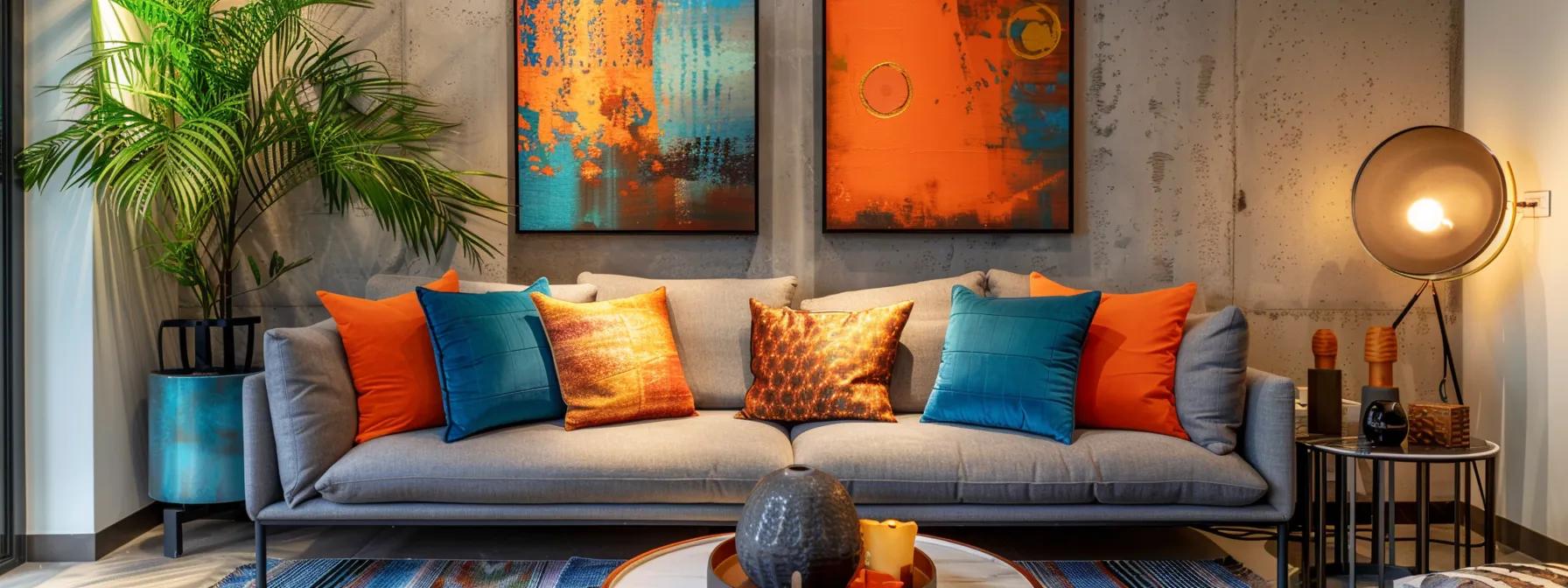
Adding textures and patterns to your color palette introduces an additional layer of depth and dynamism to your living room. While color sets the overall tone of the interior, textures and patterns help create a tactile and visual interest that can transform a flat, monochromatic space into a vibrant, multi-dimensional environment. This section explores how mixing textures and incorporating patterns enrich the design, stimulating both sight and touch while remaining rooted in a coherent color strategy.
Mix Different Textures to Add Depth and Interest
The use of varied textures is essential for creating visual and tactile interest in any living room design. Combining materials such as soft fabrics, rough yet elegant stone surfaces, sleek metals, and natural wood elements can dramatically enhance the overall aesthetic. When these textures are integrated into a carefully selected color palette, they allow each surface to interact with light differently, increasing the perception of depth and warmth. For instance, a plush sofa paired with a smooth glass coffee table and a textured area rug creates a layered look that not only captivates the eye but also provides a pleasing tactile contrast. This deliberate mixture of textures encourages exploration and engagement from viewers, ensuring the living room feels inviting and sophisticated.
Incorporate Patterns to Break Color Monotony
Patterns such as stripes, florals, chevrons, or geometric designs are strategic tools for breaking the monotony of a solid color background. When applied in moderation, patterns can add character and reinforce the room’s design narrative. For example, patterned throw pillows or an intricately designed rug can introduce a dynamic element that highlights and complements the dominant and secondary colors. The key is to choose patterns that echo the underlying color scheme without clashing with the overall balance. Designers should consider the scale of the pattern in relation to the size of the room; larger, more expansive spaces can often accommodate bolder, larger-scale patterns, whereas a compact living room may benefit from more delicate, subtle designs. By integrating varied patterns, the living room becomes a canvas where different artistic elements coexist and contribute to the overall mood.
Use Textiles to Introduce New Colors Without Commitment
Textiles offer a low-risk and flexible method to experiment with additional colors and patterns. Items such as cushions, curtains, throws, and upholstery serve as excellent vehicles for introducing new shades without the permanence of wall paint. This modular approach allows for seasonal updates and quick design modifications: for instance, switching out pillow covers or curtains can instantly refresh the atmosphere while adhering to the established color rules. Textiles also provide opportunities to test how emerging color trends, such as pastel or muted tones, integrate with your main palette. Their removability makes them ideal for frequent redesigns, ensuring that the living room remains dynamic and adaptable. Combining varied textiles with consistent color elements supports a design that is both innovative and resilient over time.
- List of Textural Elements to Consider:
- Upholstery Fabrics: Opt for leather, velvet, or linen to add luxury and comfort.
- Rugs: Choose woven or shaggy textures to introduce warmth and pattern.
- Curtains: Use heavy drapes or sheer fabrics to control natural light and add division.
- Pillows and Throws: Incorporate multiple materials such as cotton or faux fur for accent detail.
Wall Coverings: Consider textured wallpapers or fabric panels to enhance the wall surfaces.
Table: Texture and Pattern Integration Examples
Integrating textures and patterns empowers designers to create a multi-layered living room that evolves over time and adapts effortlessly to style changes. The experimentation with textiles ensures that the design remains both visually appealing and practical, keeping in line with the overall color scheme while introducing layers of complexity that engage the senses.
Update Seasonal Color Elements to Refresh Your Space
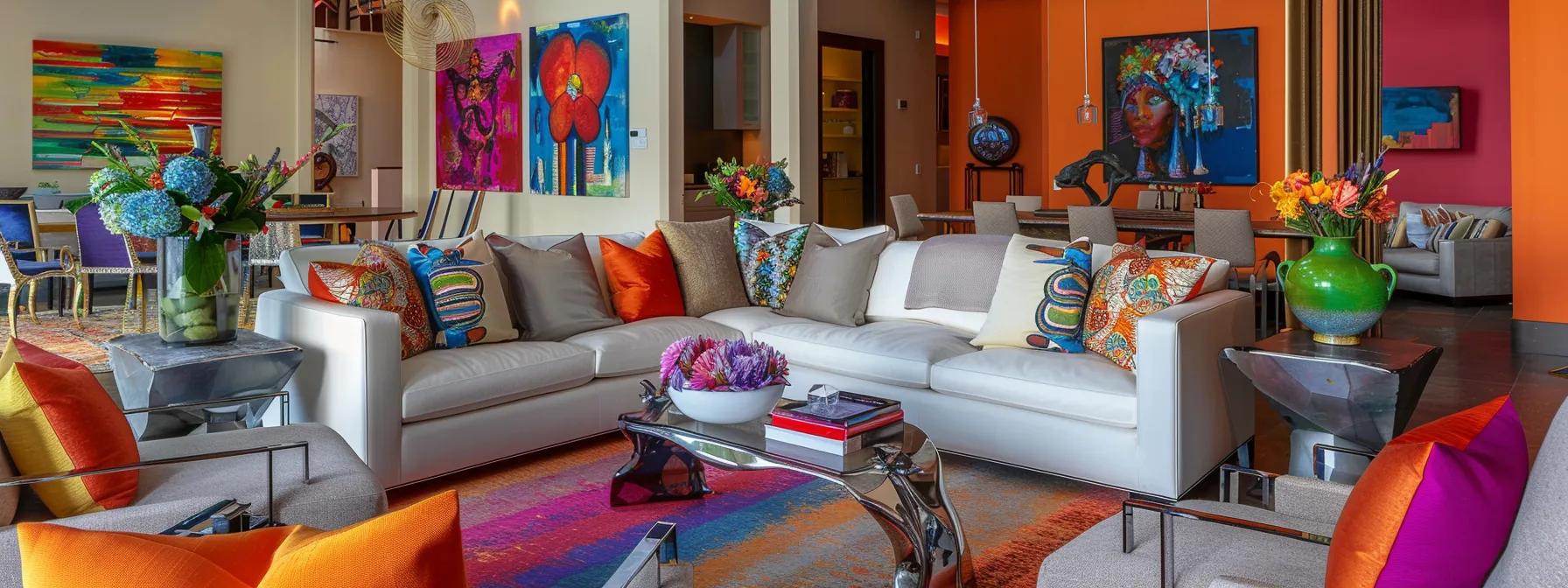
Seasonal updates offer a dynamic approach to interior design, allowing a living room’s color palette to adapt and evolve with the changing seasons. This practice not only breathes new life into the space but also aligns the room with contemporary trends and personal preferences that might vary throughout the year. By thoughtfully incorporating seasonal elements, you can maintain a fresh, invigorating environment that resonates with your lifestyle and mood, integrating classic hues with modern seasonal accents.
Arrange Seasonal Decor to Change Color Themes Periodically
Seasonal decor is an excellent method to reinvigorate your living room without making drastic changes to the permanent fixtures. This could involve swapping out decorative items that reflect seasonal colors—warm oranges and reds during autumn, crisp blues and whites in winter, vibrant greens in spring, and sunlit yellows and corals during summer. This approach not only breathes new life into the room but also allows for experimentation with different color schemes that still complement your established palette. For example, a living room dominated by soft neutrals can easily embrace seasonal pops of color without appearing disjointed. By curating a few key decorative items that follow the cyclical trends, homeowners can achieve a continuous sense of renewal, ensuring that the space never feels stagnant and always speaks to current mood settings.
Choose Seasonal Accessories to Complement Existing Colors
Seasonal accessories are key to achieving quick yet impactful updates in your living room design. Accessories such as throw blankets, decorative vases, and seasonal artwork can be introduced to enhance the existing color scheme. These items, chosen in colors that mirror the seasonal tendencies—such as pastel shades in spring or deep, rich tones in the fall—help create visual continuity while adding a touch of novelty. The flexibility of these accessories means they can be rotated and replaced with minimal effort, allowing homeowners to experiment with new color trends without investing in permanent structural changes. Seasonal accessories serve as the finishing touches that tie the entire design together, proving that a few key elements can have a significant impact on the overall aesthetic.
Rotate Items for a New Look Without Major Changes
To continuously refresh your living room, consider rotating key items rather than undertaking a full-scale redesign. This strategy involves periodically changing the arrangement of decor items—such as switching art pieces between rooms, rearranging furniture, or even using different table centerpieces—to create a different outlook. Such rotation not only breathes innovation into the space but also highlights the versatility of your existing color palette. With minor adjustments and a strategic approach, the living room can evolve with the seasons without the complexities and expenses associated with permanent alterations. This method keeps the design dynamic, relevant, and engaging for both residents and guests. Adopting a practice of seasonal rotation is particularly beneficial in spaces where trends and personal tastes are subject to frequent change, ensuring that the room remains aligned with the latest interior design ideas while respecting its foundational palette.
- List of Seasonal Update Strategies:
- Decor Swap: Change out decorative pillows, throws, and small furniture accessories.
- Artwork Rotation: Rotate framed prints or seasonal art that reflects current themes.
- Lighting Adjustments: Use seasonal lampshades or candle arrangements to modify ambiance.
- Floral Arrangements: Introduce seasonal flowers and greenery for a natural pop of color.
Accents and Trims: Add seasonal ribbons or fabric trims to existing furniture pieces for subtle updates.
Table: Seasonal Color Update Examples
By updating seasonal elements, homeowners benefit from an evolving design that continuously highlights the best aspects of their established color palette. This process not only refreshes the living room with minimal cost and effort but also helps to maintain a design that feels current and tailored to both the season and the personality of its inhabitants. Ultimately, these updates reinforce the room’s role as a dynamic space that adapts fluidly to changes in both external trends and internal preferences.
Frequently Asked Questions
Q: How can I create a cohesive living room color palette? A: Creating a cohesive living room color palette involves using strategies such as the 60-30-10 rule, selecting a focal point, and coordinating colors with lighting. Emphasize harmonious contrasts between dominant, secondary, and accent hues and always test colors under the room’s specific lighting conditions.
Q: Why is lighting important in determining the color scheme? A: Lighting significantly affects how colors appear. Natural sunlight and artificial light can change the perceived hue and intensity of wall colors, furniture, and decor. Proper testing under varied lighting conditions ensures that your chosen palette looks consistent and appealing throughout the day.
Q: Can textures and patterns affect my living room’s color scheme? A: Absolutely. Incorporating different textures and patterns adds depth and richness to the space. Textiles, rugs, and patterned decor can reinforce the color palette while providing tactile interest and breaking any potential monotony in your design.
Q: How frequently should I update seasonal color elements? A: Seasonal updates can be done quarterly to reflect the natural changes throughout the year. Rotating accessories, artwork, and decor items based on seasonal trends helps maintain a fresh look without the need for permanent changes to wall colors or large furnishings.
Q: What if I want to experiment with new colors without committing? A: Use removable elements like textiles, decorative accessories, and artwork to introduce new colors. This approach allows you to test and enjoy different accents while keeping the core color palette intact. Digital mood boards can also help in visualizing these changes before making them permanent.
Q: How does the 60-30-10 rule help in design? A: The 60-30-10 rule provides a structured way to balance colors in a room. By dedicating 60% of the space to a dominant color, 30% to a secondary color, and 10% to an accent color, you ensure visual harmony and prevent any one hue from overwhelming the design.
Final Thoughts
In conclusion, crafting a stunning living room color palette is a multi-faceted process that integrates inspiration, systematic testing, and strategic design principles. By focusing on color psychology, lighting, focal points, proportional distribution, textures, and seasonal updates, designers can create living spaces that are both visually appealing and functional. These techniques offer homeowners a thorough framework for transforming any living room into a vibrant yet cohesive environment. Embrace these strategies to not only elevate your design aesthetic but also enhance the overall atmosphere, ensuring a timeless and inviting space for years to come.